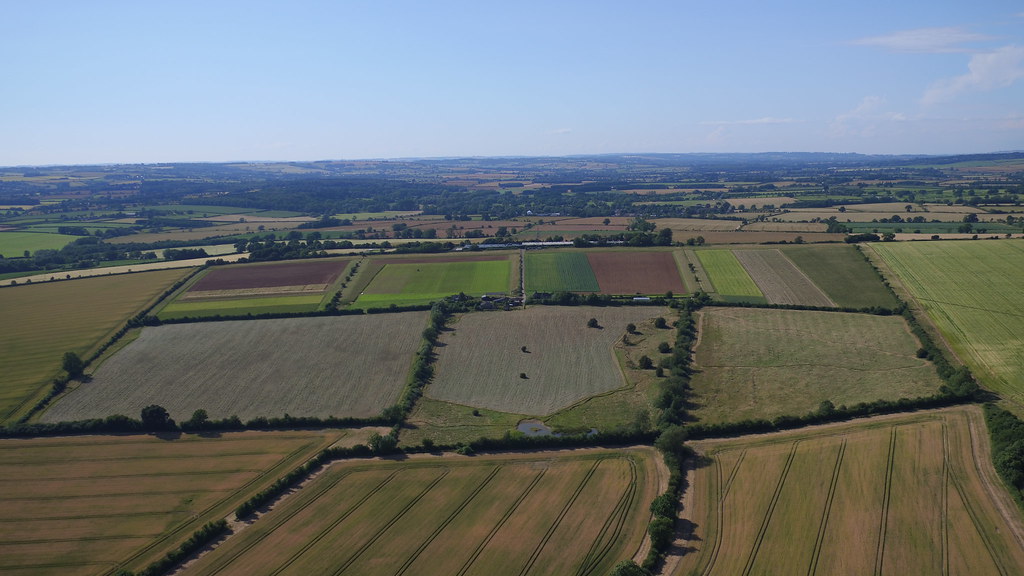Spring Planting Farming Update
As part of our eight year rotation we sow certain areas of the farm each year with cash crops or fertility building leys.Following our experiment last year with sowing fertility building leys together with a nurse crop of buckwheat, we’ve taken the same approach again. Buckwheat acts as a quick growing and leafy cover and while the ley establishes beneath it, the buckwheat helps to retain moisture and offers shelter from the summer sun. This is important on our south facing, free draining, dry soils. However, we’ve reduced the buckwheat to 10 kilos per acre this year as it was a bit too thick last year at 20 kilos per acre. The buckwheat was drilled to 1.5 cm and in a separate pass, the ley mix was broadcast and harrowed with a consolidating flat roller to finish.
We also established cash crops. Spring wheat was sown at the end of April, undersown with yellow trefoil and white clover to improve fertility and provide grazing once the crop is combined in the autumn. It’s going to be interesting to see whether this has established after slow stunted growth due to lack of rain.
As part of our ongoing experimentation, we have left four acres of spring barley unchanged since we took over the farm, providing two continuous control plots that let us compare the effect that the new rotational system, with its associated soil improving species and no artificial inputs has on soil health, compared to a high input continuous cereal system.
This is also the first year that we’ll be able to look at the relative costs between the 8 year rotation and the high input, conventionally grown spring barley, which has received standard treatments of fungicides, herbicides and nitrogen.
The wildflower margins are in their third year, running in 12 metre strips around each field. We are seeing a noticeable change in the balance of species present, from early pioneer species in the first couple of years, such as oxeye daisy and wild carrot, to the species that have taken longer to establish, like field scabious, musk mallow and meadow buttercup. They are creating a great habitat for pollinators, insects, hares and ground nesting bird species.
.png)










0 comments: